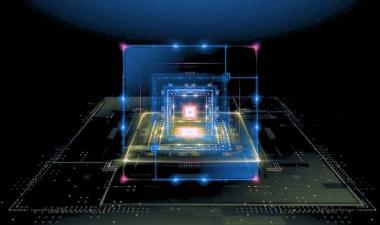Cost Modeling ICs in Apple iPad Air 13” – #1 The M2 SoC
Integrated circuits (ICs) are the lifeblood of modern electronic devices, driving functionality and innovation. However, the cost dynamics of individual ICs often reveal a disproportionate impact on overall product profitability. For instance, in the Apple iPad Air 13”, the M2 system-on-chip (SoC) produced by TSMC using their advanced 5N process represents a key example. A cost analysis reveals that an estimated $111 IC expense underpins approximately $600 in product profit—a stark reminder of how crucial cost modeling is for understanding value in the supply chain.
The Challenge: Unraveling IC Manufacturing Costs
Semiconductor manufacturing is inherently complex, involving intricate processes, expensive equipment, and high material costs. This complexity makes accurately modeling the cost of manufacturing ICs, like the M2 SoC, a significant challenge. Bottom-up modeling is a robust approach that simulates manufacturing costs and volume-based prices, helping manufacturers uncover the hidden costs of their suppliers.
Procurement specialists can use these insights to gain a deeper understanding of their supplier’s internal costs and optimize volume-based pricing strategies. For engineers and product managers working on advanced ICs—whether they are custom SoCs, memory chips, or commodity parts—understanding these models can help manage costs, reduce risks, and improve product planning.
TechInsights’ IC Cost and Price Model
At TechInsights, our IC Cost and Price Model leverages deep reverse engineering expertise to simulate wafer fabrication costs with exceptional accuracy. Built on a foundation of semiconductor manufacturing knowledge, this modeling tool provides detailed insights that empower manufacturers to:
- Optimize production strategies.
- Improve supplier negotiations.
- Enhance strategic decision-making.
In the case of Apple’s M2 SoC, the IC Cost and Price Model reveals not only the estimated cost of the chip but also the economic dynamics of advanced nodes like TSMC’s 5N process. These insights extend beyond Apple to benefit manufacturers of all types, providing the tools to evaluate their own IC costs, drive innovation, and maintain competitive pricing structures.










